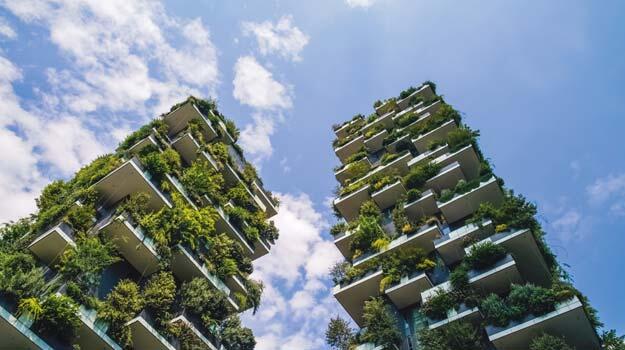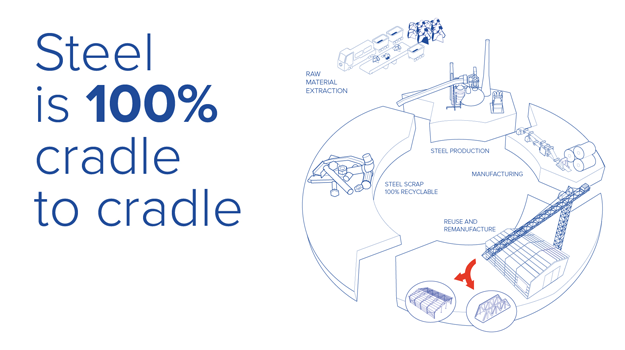To take steps in creating a more sustainable built environment a broader approach to designing and constructing buildings is needed.

Follow the material
To take steps in creating a more sustainable built environment a broader approach to designing and constructing buildings is needed. To do this we need to consider the past, the present, and the future – to take a life cycle approach. In examining the sustainability of a product, we need to follow it through the supply chain and, of course, we need to examine its origins, back to raw materials.
How can the choice of a product or material affect energy use when the building is in use? How can products enable reuse in construction at the end-of-life of the building? In short, we need to view things from a more holistic point of view. This will create value and enable a more sustainable built environment.
How? Well here are some suggestions.
BES 6001
Firstly we need to look back to resources, and their responsible use, a key aspect of which is traceability. It’s vital we understand the provenance of the products we are using and the materials which make up those products. Only then can we make informed decisions on the responsible use of resources.
One standard which is supporting this traceability is BES 6001, an independent responsible sourcing certification standard. Products with BES 6001 certification will positively impact on assessment results of building certification schemes such as BREAAM. A good rating can result in improved sustainable performance of a building and increased market value. BES 6001 also provides clients with comfort that their products, and the supply chain that produces them, are responsible and this is helped by the transparency that BES 6001 delivers. In 2010 we became the first steel manufacturer to achieve the BES 6001 certification for our Colorcoat® products. Today we have the largest portfolio of responsible sourced certified products in the world.
Life Cycle Analysis
Taking a ‘resourced based perspective’ however does not provide the complete picture for optimum sustainable decision making. You also need to look at the sustainable benefits, and burdens, of products and materials through the life cycle, including at the end-of-life. Looking at sustainability in different stages of a life cycle is better known as Life Cycle Assessment (LCA). An LCA gathers and reports information about the environmental impact during all stages of a product or buildings life from raw material extraction to end of life.
Let’s make this more practical and zoom into the use stage of a building. Product design can have a significant impact on the performance of a building. For example, well-designed steel wall panels can host photovoltaic solar panels, deliver optimal air-tightness, insulate the building and even support lighting requirements by maximizing the reflection of sunlight. You don’t need rocket science to save energy.
Sometimes, small incremental adjustments can make big differences.
Circle of improvement
The design stage is the place and time where essential decisions concerning energy savings are made. So, being well informed in this early stage is crucial. Manufacturers such as Tata Steel can play an important role here. To do so, we utilise significant Research and Development resources and work with world-leading academic institutions to build the knowledge and expertise to support this engagement and deliver solutions.
Engaging with clients, and the people who actually design and construct the building will generate insight that that will further assist in the direction of the research and product development to create more optimum solutions. It’s a self-reinforcing virtuous circle of continuous improvement.












































































































































































